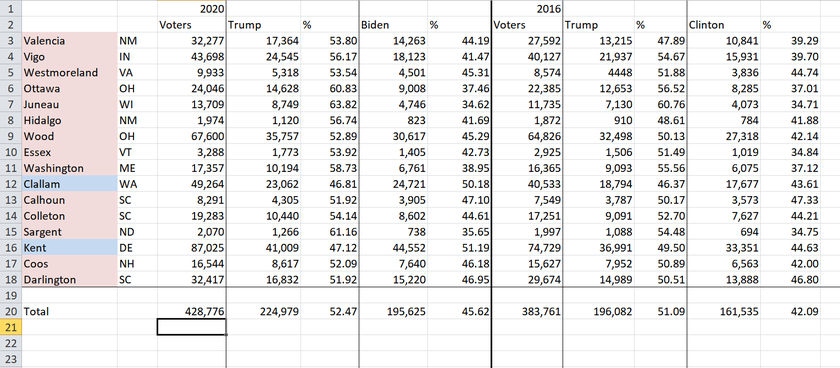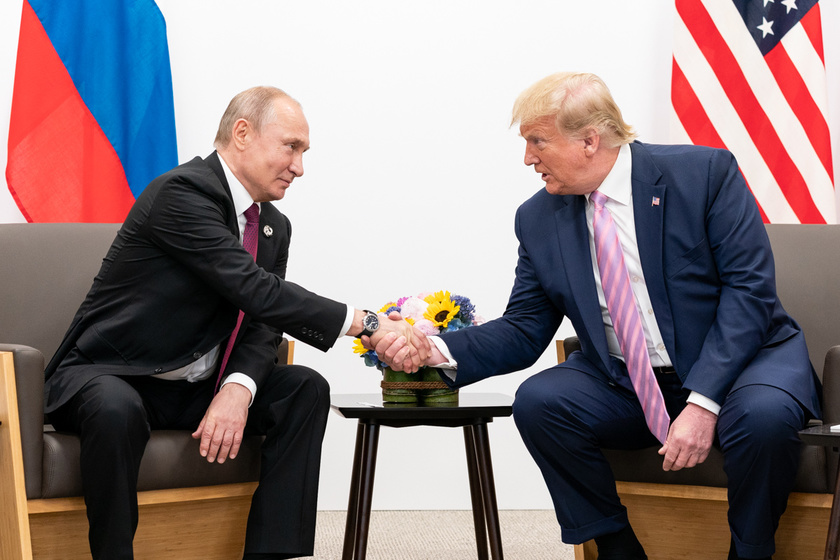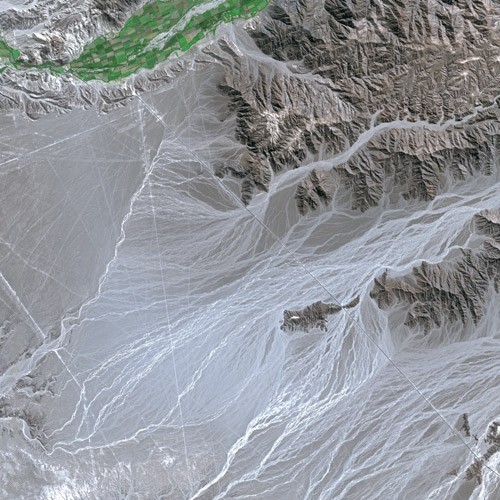
The Bellwether Counties argument is frequently cited on Twitter as evidence of an anomaly in the 2020 elections. In 2020, Trump won the popular vote in bellwether counties but lost the election, whereas in 2016, he won both the popular vote in these counties and the election.
The argument states: there are 15-20 bellwether counties, and the candidate who wins the popular vote in these counties will win the General Election.
This concept is flawed since the winner of the General Elections is not decided by the popular vote but by the Electoral College.
Interestingly, there is only one county in the United States that has consistently voted for the winner of the presidential election since 1980: Clallam County, WA.
I have identified 16 bellwether counties that have allegedly predicted the winner. Among them are three counties in South Carolina (Calhoun, Colleton, and Darlington), two in Ohio (Ottawa and Wood), and two in New Mexico (Valencia and Hidalgo).
What do bellwether counties predict, and what do they not predict? Let's analyze the Excel table I built (attached), which compares the 2016 and 2020 results in these 16 counties.
Upon closer inspection, we notice that bellwether counties did not accurately predict the results of the 2016 election either. In 2016, Trump received more popular votes than Clinton in all 16 counties, but:
- Clinton received more popular votes nationwide (though less than 50% overall).
- Trump received less than 50% of the popular vote in 4 counties and just over 50% in another 4 counties (close wins).
In 2020:
- Trump won the popular vote in 14 of the 16 counties.
- Biden won the popular vote in Kent (DE) and Clallam (WA).
- Trump gained 1.38% over his 2016 performance (52.47% vs. 51.09%).
- Biden gained 3.53% over Clinton's 2016 performance (45.62% vs. 42.09%).
The percentage gains are consistent across the country:
Trump gained 0.87% over his 2016 performance nationwide (46.80% vs. 45.93%).
Biden gained 3.24% over Clinton's 2016 performance nationwide (51.26% vs. 48.02%).
In absolute numbers:
- Biden received 21% more votes than Clinton
- Trump received 15% more votes than himself in 2016 in these counties.
Nationwide, the increases were 23% for Biden and 17.5% for Trump.
The bottom line for bellwether counties is:
The winner of the popular vote in bellwether counties does not predict the winner of the general election or the overall popular vote. However, by comparing current vs. previous election results in bellwether counties, we can predict the overall change across the country.

People think that the Wikipedia is not a reliable source because anyone can edit any article.
📣 Actually, Wikipedia is an excellent source for information. However, it is important to learn how to use it effectively. Here are a couple of examples of how to dig into a Wikipedia article:
- You can check the Wikipedia article in other languages and cross-check the information using Google Translate. The information on the same subject may vary significantly depending on the language in which it is written.
- You can go through the history of Wikipedia article edits and compare the information. You may discover that some essential information was removed by an editor.
I plan WIKI to be a series of articles on the Debunked, where debunking can be done solely using Wikipedia.
Russian Collusion was an alleged interference between the Trump campaign and Russia to interfere in 2016 elections. The Mueller report "did not establish that members of the Trump campaign conspired or coordinated with the Russian government in its ...
On September 26, 1983, Stanislav Petrov, a duty officer who was stationed in the nuclear early-warning system of the Soviet Union saw a big RED BOLD message all over the screen - 5 missiles launched from bases in the United States.
Petrov saved the world by not reporting them to his superiors, and instead dismissed them as a false alarm. This was a breach of his instructions, a dereliction of duty. The safe thing to do would have been to pass the responsibility on, to refer up.
https://en.wikipedia.org/wiki/Stanislav_Petrov
https://www.bbc.com/news/world-europe-24280831
After the collapse of the Soviet Union, the story did get into the press. Mr Petrov received several international awards. But he does not think of himself as a hero 😆
"That was my job", he says. "But they were lucky it was me on shift that night."
📣 The story has all attributes of a classic hoax: only one source, no witnesses, unnecessary visual details that make the story sound more trustworthy.
🧵 Context 1: ...
I've got some feedback on my post "Ancient Nazca Lines" where I speculate that Nazca lines geoglyphs (drawings) are not ancient but the creation of the 20th century.
https://debunked.locals.com/post/4353626/hh5-ancient-nazca-lines
Wikipedia for Nazca lines mentions that Pedro Cieza de León and Luis Monzón mentioned Nazca lines in the 1550s and 1580s 😁
Let's look up Pedro Cieza de León in Wikipedia.
https://en.wikipedia.org/wiki/Pedro_Cieza_de_Le%C3%B3n
- Most parts of his book were published in the 19th and 20th century.
- Pedro Cieza de León mentions paths and not geoglyphs/drawings.
Luis Monzón's report from the 1580s was published in 1881. Luis mentions that he was told by the locals about "paths".
According to what was published Pedro Cieza de León and Luis Monzón did not see any geoglyphs even those that were visible from the ground 😌
For example the drawing of a cat was "discovered" only in the 21th century while it is visible from the ground (attached).
Both ...























